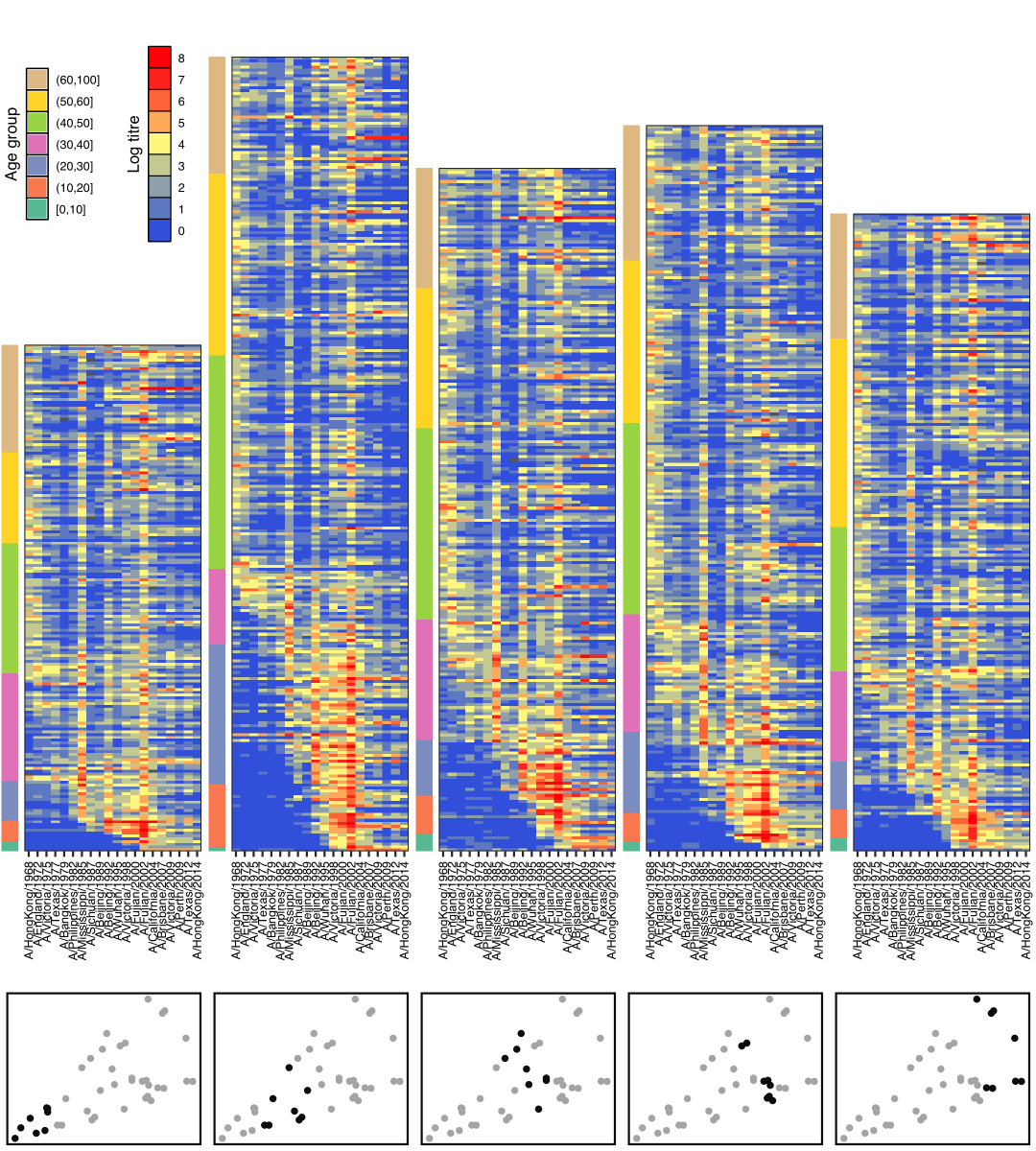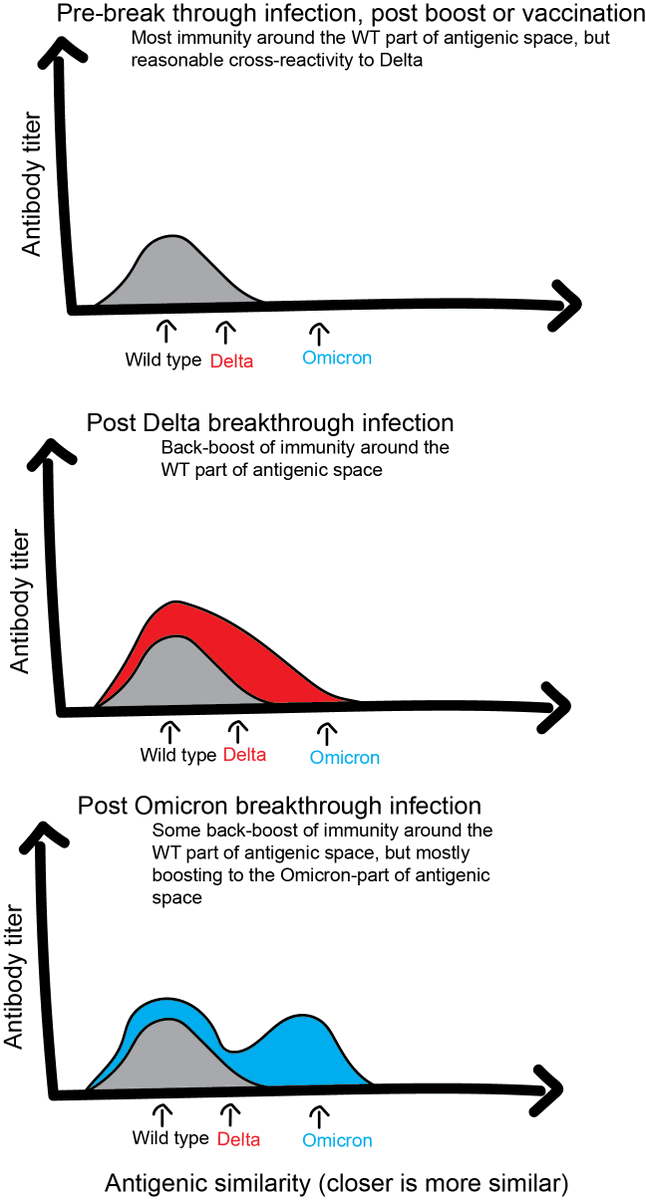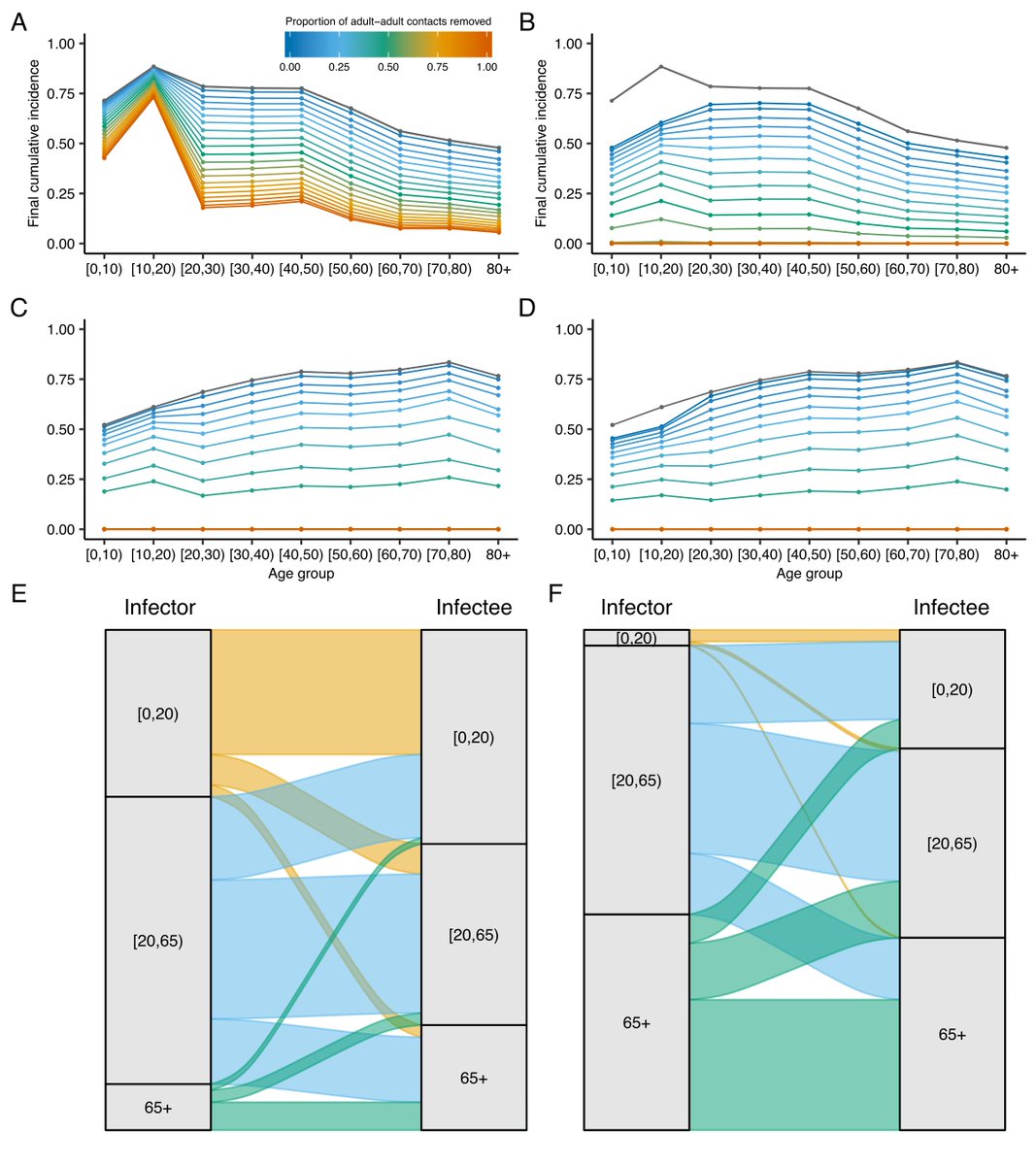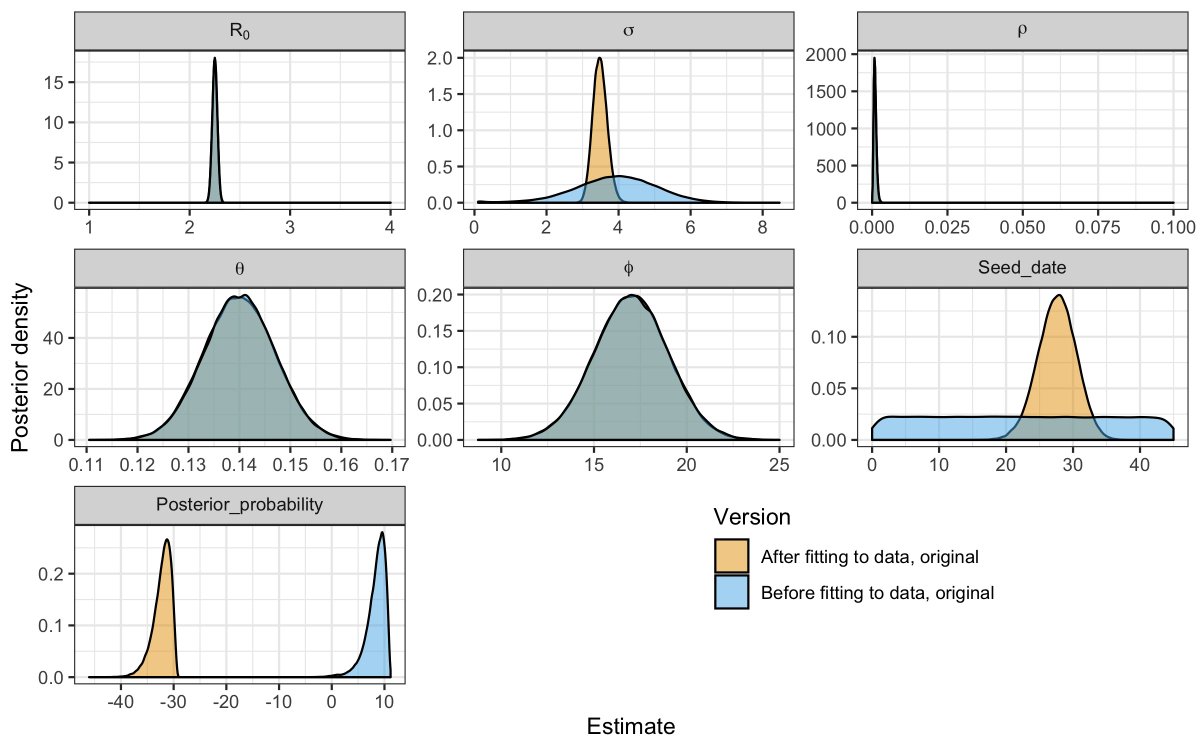
Research Fellow at University of Oxford @bdi_oxford. Using maths and stats to understand infectious disease dynamics, mostly viral kinetics and serology.



 4 subscribed
4 subscribed



 4 subscribed
4 subscribed
How to get URL link on X (Twitter) App




 4 subscribed
4 subscribed



https://twitter.com/EricTopol/status/1504825391604649985The study asks two main questions related to OAS:





